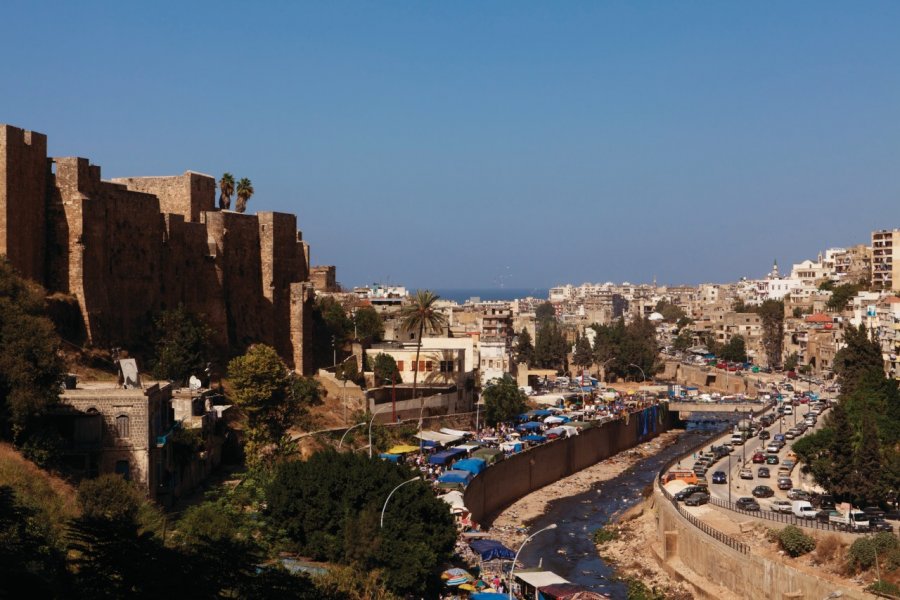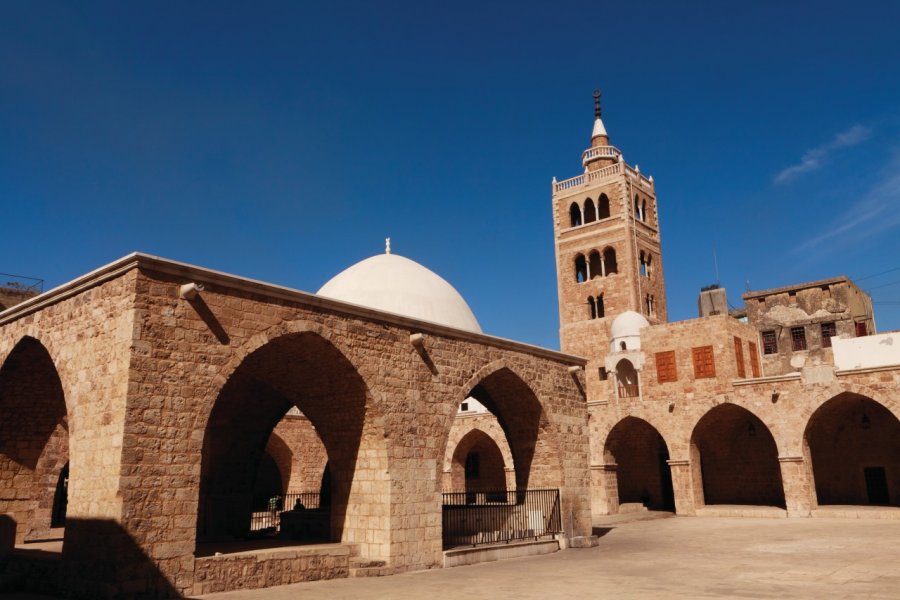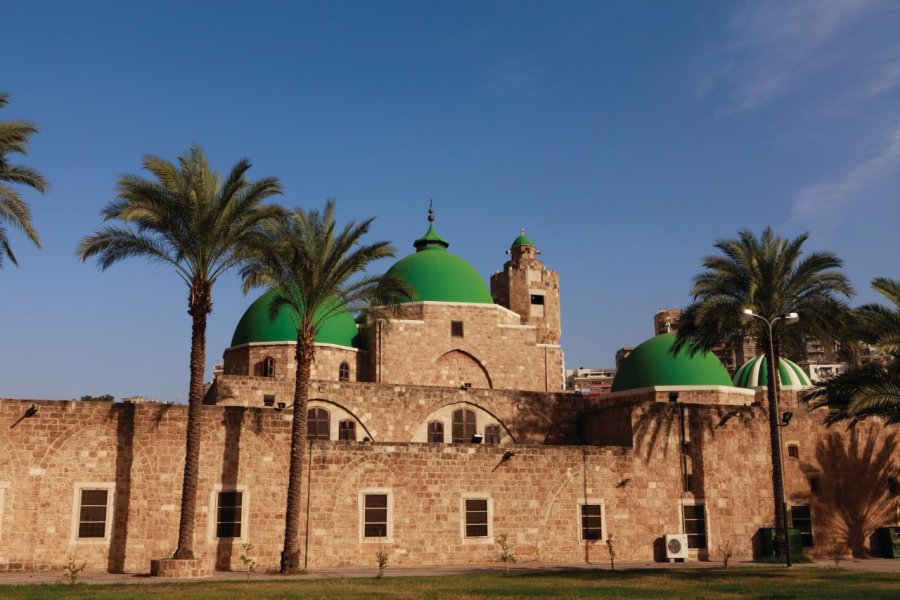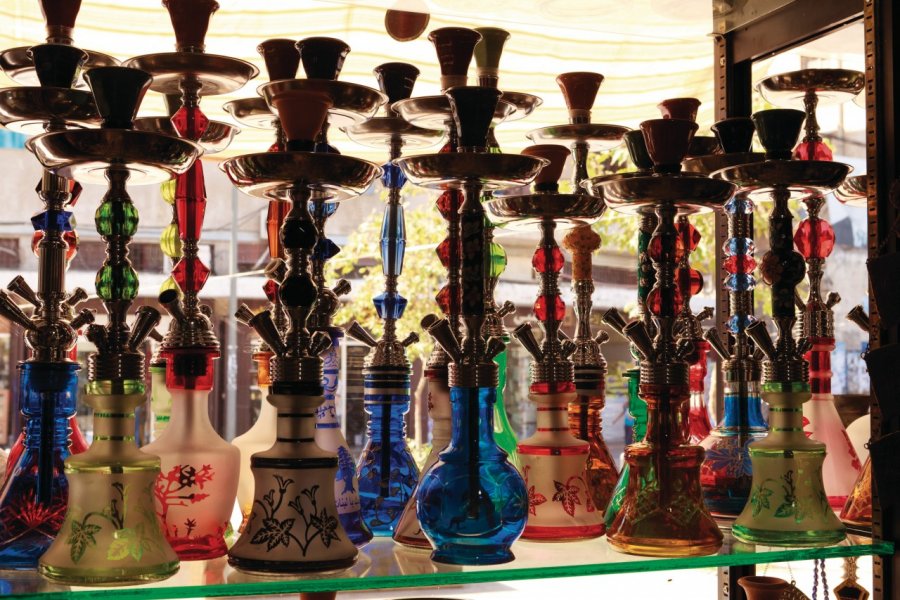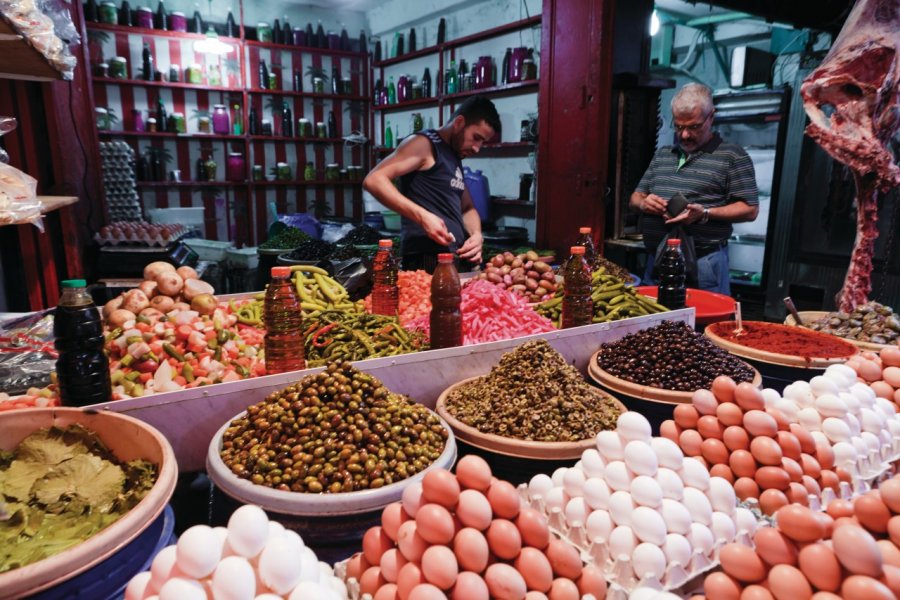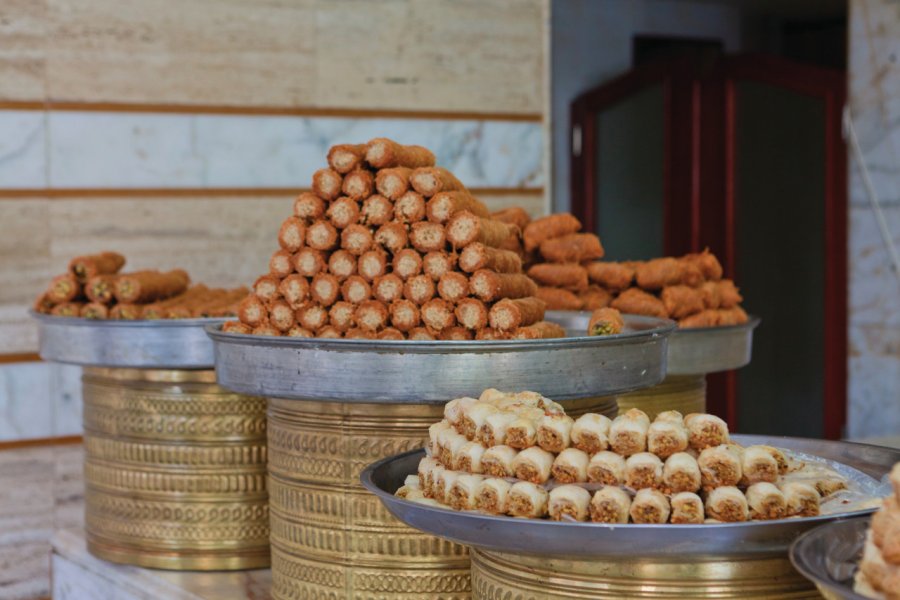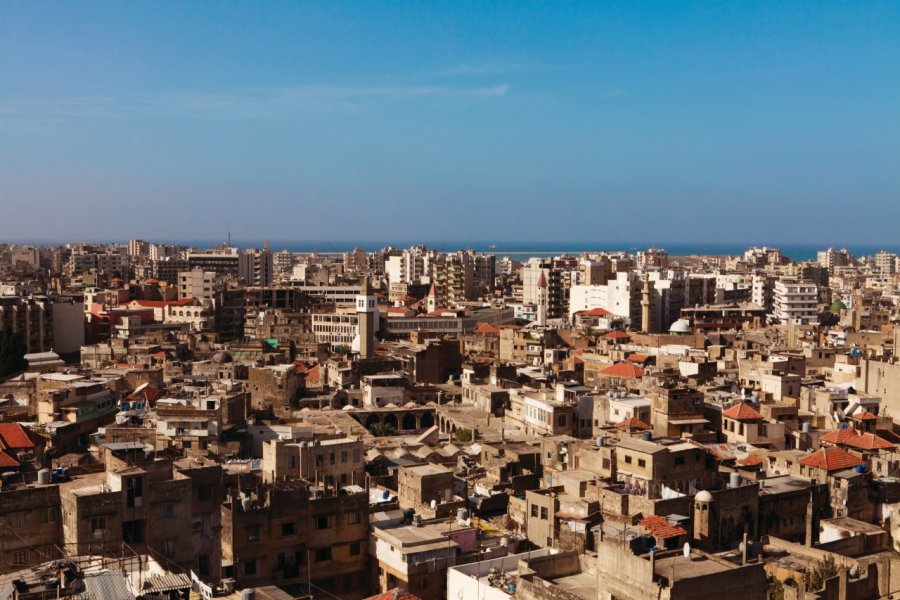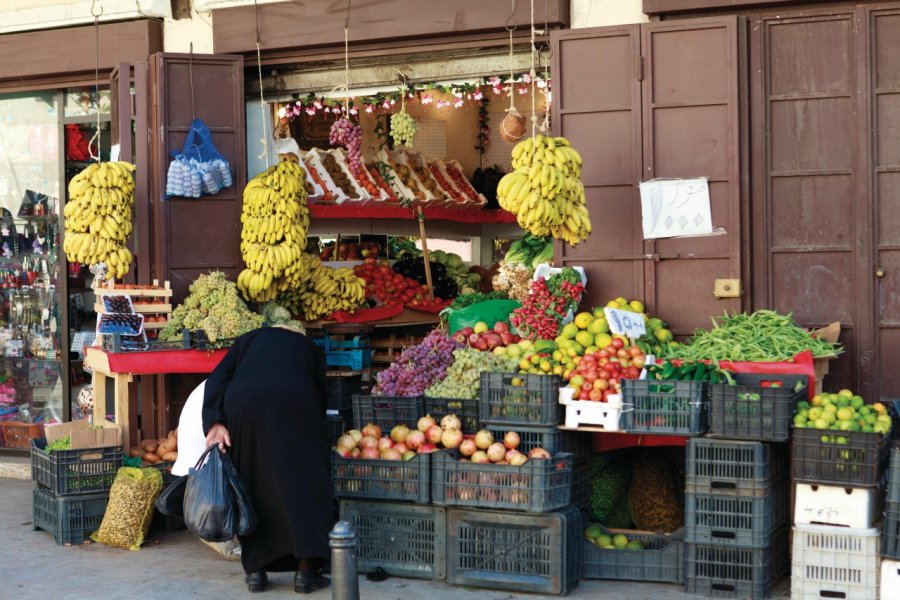Travel Guide Tripoli
Find an accommodation
Advertising
The second largest city in Lebanon with a population of more than 850,000, Tripoli, nicknamed the "city that embalms", has a dual face: traditional and modern. Naturally, the old town around the Crusader castle is the symbol of the traditional urban fabric: a colourful crowd rushing through the dark, narrow alleys; souks smelling of spices and fresh meat; craftsmen working with wood and hammering copper as their Mamluk ancestors did; children running in the streets; men sitting along the harbour playing cards for hours on end. On the other hand, Tripoli displays its modernity with its long avenues, its stadium at the entrance to the city, its supermarkets, its international clothing franchises and its modern buildings aligned along the main thoroughfares. The city of Tripoli was the first in Lebanon to install parking meters along the sidewalks. A small revolution in the country.The history of Tripoli can be traced back to the 9th century BC. It was originally a Phoenician trading post. "In Phoenicia, there is an important city called Tripolis, with an appropriate name, because it has three cities within it": Al-Mina and two large districts, al-Kobbé and Abou Samra, which are separated by the Abu Ali River. The first mention of the city can be found in the texts of Diodorus of Sicily (1st century BC). According to his writings, a confederation - including representatives of Tyre, Sidon and Aradus (Syria) - decided to establish itself in the 4th century BC, at the site of the current port (El Mina) in order to develop its respective commercial activities (hence the name Tripoli "triple city"). There are hardly any remains of this period left, except for a few columns scattered here and there.After the Phoenicians come the Greeks, Romans and Byzantines. Tripoli is an important naval and commercial centre for the long term.Destroyed in the 6th century by an earthquake, Tripoli was quickly rebuilt, but had to face the flood of Arab troops from Muawiya (635). Despite the fighting spirit of its inhabitants, the city fell and suffered from famine.Later, in the 11th century, Trâblous (Arabic name of Tripoli) flourished under the reign of the Shiite Emir Bannou Ammar. As an intellectual centre, it will be proud of a renowned school with a library of one hundred thousand manuscripts. It was then that the first crusade led by Raymond de Saint-Gilles was undertaken, with the aim of founding a Latin kingdom in Jerusalem. To conquer the city, the Franks built the castle of Saint-Gilles on Mount Pèlerin, a hill overlooking the city. After a ten-year siege and heavy destruction, the Crusaders occupied Tripoli from 1109 to 1289. By developing local crafts, the county of Tripoli, one of the four Latin States of the Holy Land, is revitalizing the city. Glassware and silk, camel hair weaving, are thus exported to Western markets. Schools of medicine and philosophy, which became famous, were created by the Nestorians and Jacobites.However, in 1289, the arrival of the Mamluks sounded the death knell for the Frankish presence. Under the leadership of Sultan Qalaoun, these former slaves, who became governors of Egypt, began to expand their territory by invading Syria.When they reached Tripoli, they crushed the crusaders and seized the city. The port city of El Mina was immediately sacked in order to avoid any enemy incursion by the sea, and the Mamluks decided to rebuild the city to the foot of the Crusader castle.A third district, called "Qoubbé", is also being built on the right bank of the Kadisha river, which has become Abu Ali here. To prevent a new crusader offensive, many fortified structures were erected on the coast, while Tripoli, resuming its expansion, entered a fabulous period of prosperity. Talented managers and organizers, the Mamluks foster the development of the Sunni faith and provide the city with wonderful buildings. "Tripoli is a big city teeming with people. Its mosques, madrassas, hospices, khans and splendid hammams make this city attractive and magnificent. "These words by Abu al-Abbas al-Qalqachandi, a 14th century Mamluk historian, testify to the wonder aroused by the city at that time.Later, the Ottoman conquest would not diminish the vitality of Tripoli, which would become one of Syria's main ports, one of the "scales of the Levant". Nowadays, Tripoli, the capital of the mohafazat of North Lebanon, remains, thanks to its trade, an essential economic centre for the country.However, the Lebanese war did not spare the city and the bombardments carried out by the Syrian army in December 1983 to drive out the Palestinians unfortunately damaged part of the working class districts.
What to visit Tripoli?
Advertising
Weather at the moment
Advertising
Organize your trip with our partners Tripoli
Transportation
Book your plane tickets
Car Rental
Boat rental
Accommodation & stays
Find a hotel
Holiday rental
Find your campsite
Tailor-made trip
Immersion travel
Services / On site
Activities & visits
Find a doctor
Tripoli travel inspiration
Find unique Stay Offers with our Partners
Pictures and images Tripoli
Other destinations nearby Tripoli
100 km away
